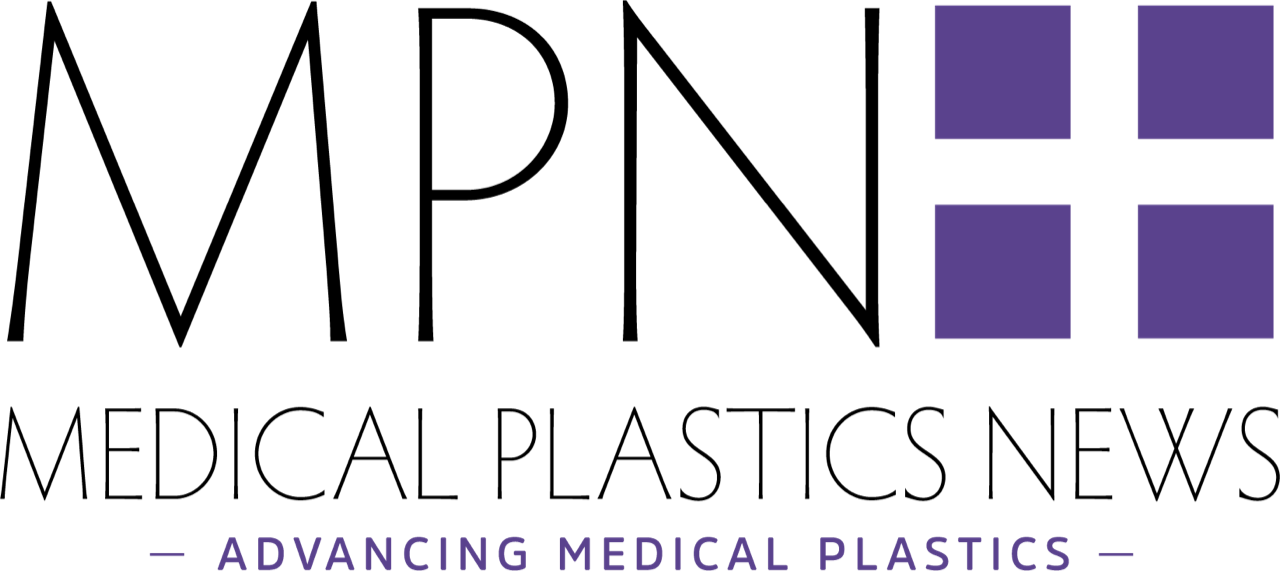Rose Brooke, EPPM and MEP editor, talks about the benefits of additive manufacturing in the medical plastics arena and highlights how the most cutting-edge examples of this manufacturing technique will be coming to Chinaplas 2016

Additive manufacturing has been transforming dental healthcare for years
The global medical products industry has never been more dependent on plastics and rubber suppliers to help them meet today's healthcare needs. The medical applications incorporating polymers are diverse and numerous, including: drug-delivery systems; sophisticated diagnostic imaging equipment; surgical tools; prostheses and life-maintaining implantable devices; pharmaceutical packaging; various disposables such as tubes, infusion bags, catheters, syringes, etc.; and increasingly, interactive healthcare monitoring devices used by professional caregivers and individual patients alike. The US trade association Advamed estimates the medical device industry is currently at $120 billion globally.
Additive manufacturing is revolutionising the medical sector. Using a variety of materials - including a growing number of plastic resins - doctors now can do things never before possible. Using 3D printing, they now can replicate damaged sections of the human skull, or other body parts such as hip and knee, dental crowns, and manufacture biocompatible and perfectly customised pieces that can be used to reconstruct the damaged area.
3D printed anatomical models have been helping surgeons practicing and achieving better surgical results. 3D printed drugs are becoming popular to produce personalised medication for more targeted therapy. Additive manufacturing market in medical application is expanding rapidly. Currently $83.7 million worth of material is being consumed annually in medical sector alone; while the selling of printing machine will be doubled from $24 million in 2014 to $56 million by 2020.
Biocompatibility is becoming increasingly advanced in medical plastics. Materials that are implanted into the body or that are used in applications where they come into direct contact with human tissue are subjected to rigorous testing to ensure they do not cause any adverse reactions. Polymers such as liquid silicone rubber, thermoplastic elastomers and various biopolymers are proving themselves to be up to the task.
Firms such as Germany's Gerresheimer Group are turning to cyclic olefin polymers (COPs) to replace glass in a number of its vials and syringes. This is due in part to the rise in popularity of bio-based pharmaceuticals. COP, which is more chemically inert than glass, is a desirable primary package that offers excellent barrier properties and is less likely to break.
Meanwhile, in hip-replacement procedures, carbon-fibre-reinforced PEEK (polyetheretherketone) - a high-strength, wear-resistant, biocompatible polymer composite - is being used to form a high-tech hip socket, mostly replacing metal.
These technologies just scratch the surface when it comes to the variety and breadth of materials and equipment that are reshaping today's dynamic medical sector. The good news is that you see these technologies, and many more at Chinaplas 2016.
Chinaplas 2016 will be held on April 25th-28th 2016 at the Shanghai New International Expo Center (Pudong), China. The show will gather over 3,200 exhibitors, many of whom will be providing solutions related to medical industry, including highly automated systems for precision tube extrusion, injection moulding, micro-moulding; automated vacuum-forming blister packaging machine, precision filling and sealing systems, hot-runner systems, clean-room solutions, robotics and automation systems, along with biopolymers, general-use and high-performance composites, medical grade masterbatch and antimicrobial additives, etc.
Additionally, the 2nd Medical Plastics Conference will be held concurrently on April 25th-26th, where international experts will talk about the hottest topics in the industry covering 3D printing, advanced medical grade polymers, pharmaceutical packaging, and latest technology breakthroughs, etc. The conference provides a focused yet professional networking platform for material suppliers, processing suppliers, and medical products suppliers to exchange insights and ideas with one another. The conference is free for admission.

